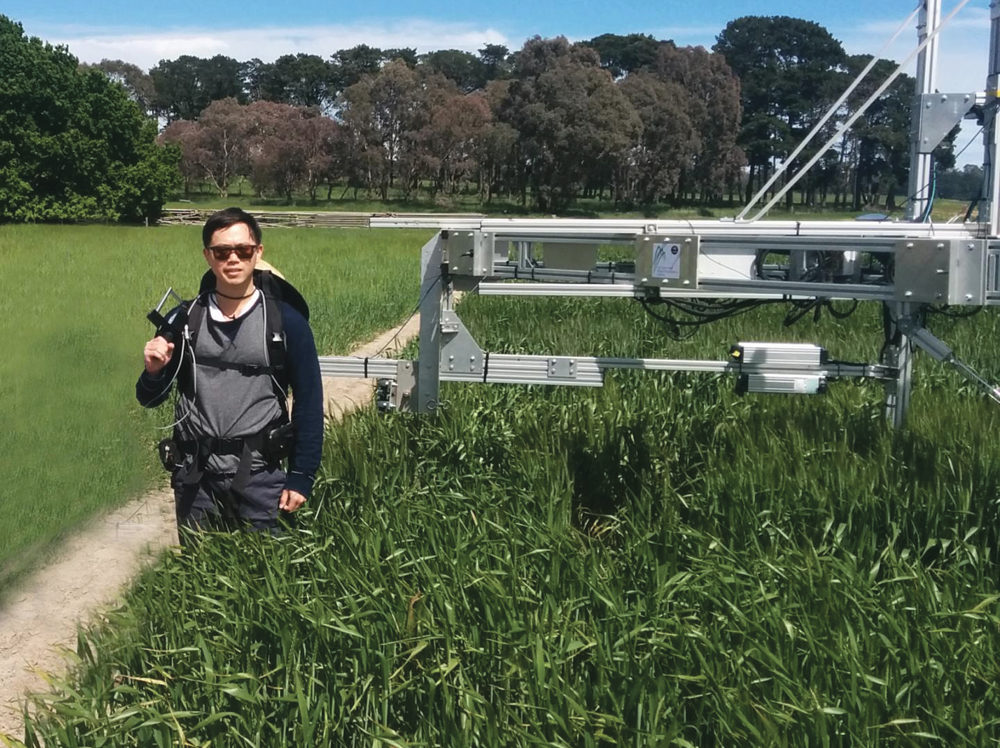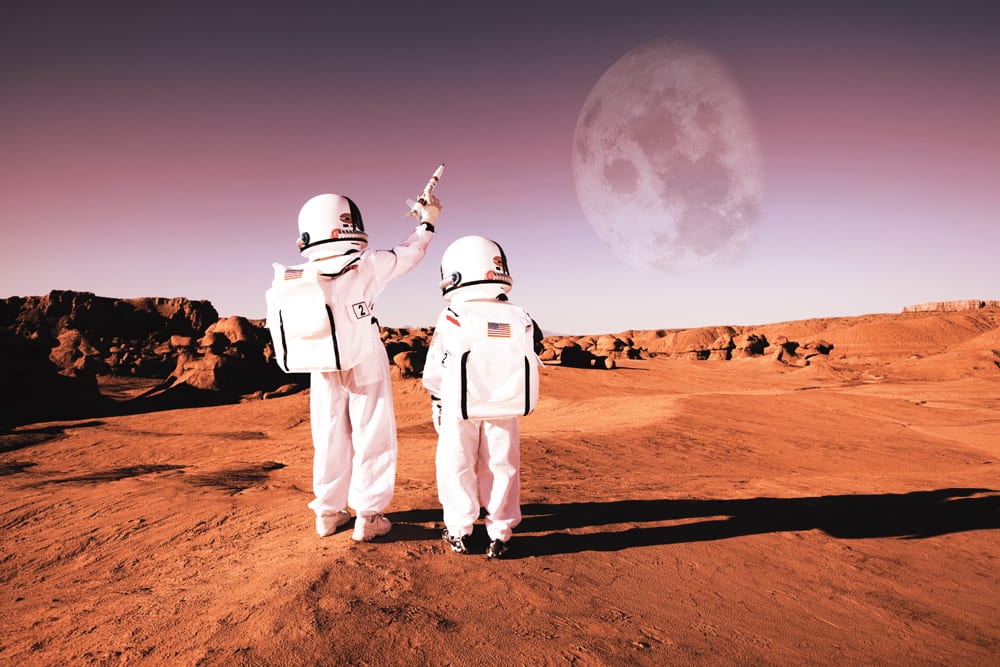Food is an essential of life and if humanity is to escape the cradle of Earth, producing food extraterrestrially is a looming challenge.
A recent paper in the journal Botany Letters by French researchers from the University of Clermont-Ferrand, Auvergne demonstrates there are many challenges to address to ensure astronauts can grow enough food aboard spacecraft and on other planets.
Lucie Poulet and her colleagues point out that all the current research has only confirmed healthy plants can be grown over the short term in space.
Read Also

Mazergroup’s Bob Mazer dies
Mazergroup’s Bob Mazer, who helped grow his family’s company into a string of farm equipment dealerships and the main dealer for New Holland machinery in Saskatchewan and Manitoba, died July 6 from cancer.
Since the 1960s, experiments conducted in space stations and research rockets have shown that plants can grow normally in microgravity provided factors such as confinement, lack of ventilation and elevated radiation levels are taken into account.
However, microgravity can reduce cell growth, alter gene expression and change the pattern of root growth – all aspects which critically affect plant cultivation in space.
Seeds produced in orbit also seem to have different composition and developmental stages from seeds grown on Earth. As well as affecting the performance and nutritional content of space seeds, this could damage the flavour of plants produced in space.
While there appears to be no major obstacle to plant growth in space, large-scale tests for food production in reduced gravity are still lacking, and a number of viable technologies for space agriculture needs to be developed.
These include efficient watering and nutrient-delivery systems, precise atmospheric controls for temperature, humidity and air composition, and low-energy lighting.



















